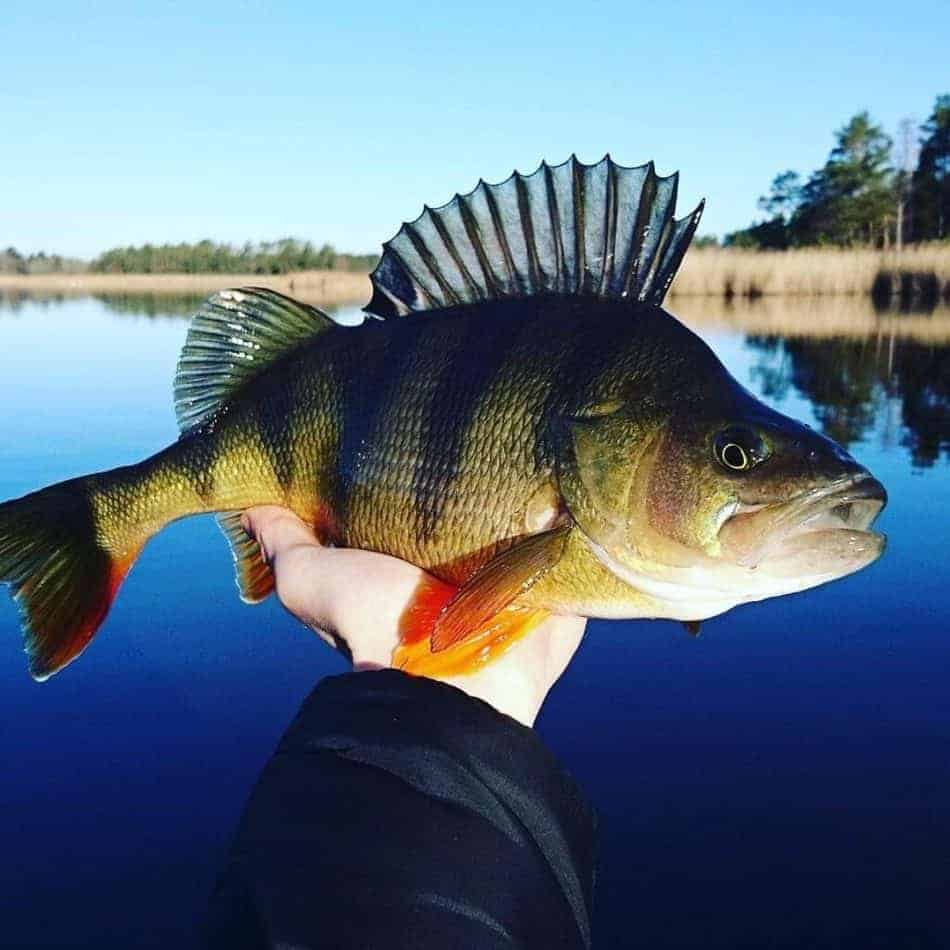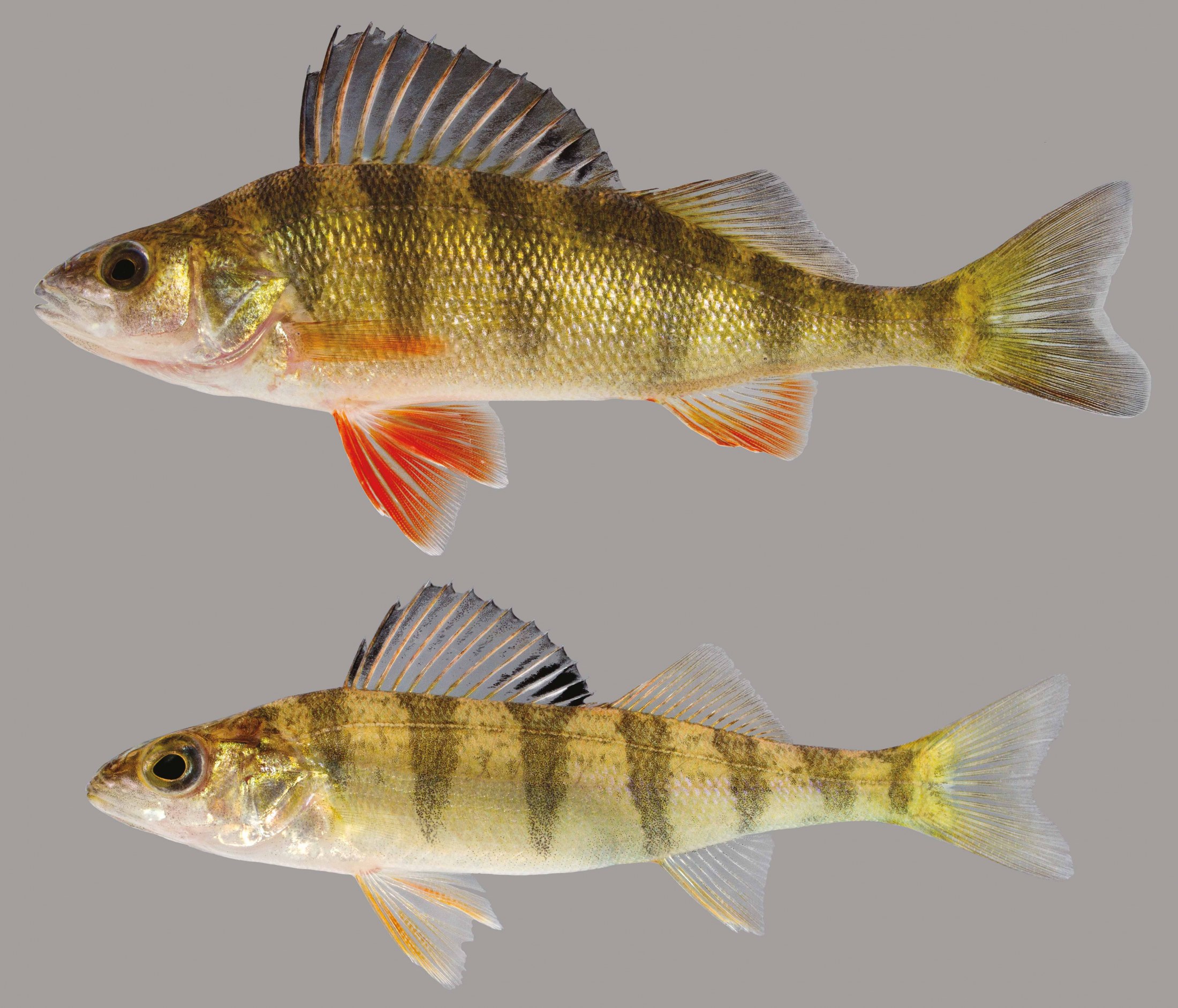Biology and Characteristics of Perch Fish

Perch fish are a diverse group of freshwater and marine fish species belonging to the family Percidae. They are characterized by their spiny dorsal fins, divided anal fins, and the presence of lateral lines. Perch fish are found in a wide range of habitats, including lakes, rivers, streams, and coastal waters. They are typically predators, feeding on smaller fish, insects, and crustaceans.
Perch, a fish known for its distinctive stripes, is a common sight in our waters. But did you know that the term “perch” also has a basketball connotation? Perch in basketball refers to a situation where a player positions themselves near the basket, waiting for an opportunity to grab a rebound or score an easy basket.
Just as the perch fish patiently waits for its prey, basketball players using this strategy anticipate the perfect moment to strike.
Physical Characteristics and Adaptations, Perch fish
Perch fish are typically small to medium-sized fish, with most species ranging in length from 10 to 30 centimeters. They have a laterally compressed body shape, which helps them to maneuver quickly and efficiently through the water. Perch fish also have large mouths and sharp teeth, which are well-suited for capturing and eating prey.
In the boundless realms of the sea, the perch fish stands tall, its sleek scales shimmering like a thousand stars. This majestic creature, often sought after by fishermen, has captivated imaginations for centuries. If you seek to unravel the enigmatic nature of the perch, delve into the depths of its perch definition.
Through this portal, you shall discover the intricacies of its biology, its habitat, and its role in the delicate balance of marine ecosystems. As you emerge from the depths of knowledge, you will find a renewed appreciation for the wonder and beauty of the perch fish.
Species and Habitats
There are over 100 species of perch fish found around the world. Some of the most common species include the yellow perch, the walleye, the sauger, and the European perch. Perch fish are found in a wide range of habitats, including lakes, rivers, streams, and coastal waters. They are typically found in areas with clear water and abundant vegetation.
Perch, a freshwater fish prized for its delicate flesh, has a surprising connection to the world of basketball. In the sport, the term “perch” refers to a specific defensive tactic perch basketball term. Like the fish that holds its position in the water, a player who “perches” guards an area, waiting for the opportune moment to strike.
Yet, just as the perch can dart away swiftly, so too can a defender using this tactic.
Feeding Habits
Perch fish are predators, and their diet consists primarily of smaller fish, insects, and crustaceans. They are opportunistic feeders, and they will eat whatever prey is available. Perch fish typically hunt by sight, and they will often ambush their prey from behind cover.
Perch fish, with their sharp fins and keen eyes, dart through the water with effortless grace. Their agility reminds me of the elusive floater basketball move, where players seem to float through the air, defying gravity in the floater basketball meaning.
Like perch fish, these athletes navigate the court with a fluidity that belies their power. Yet, just as the perch returns to its underwater realm, the floater basketball player descends back to earth, their moment of airborne artistry fading into the ebb and flow of the game.
Unique Features and Behaviors
Perch fish are known for their aggressive behavior, and they will often defend their territory from other fish. They are also known for their ability to change color, which helps them to camouflage themselves from predators and prey.
Perch Fish in the Ecosystem

In the tapestry of aquatic ecosystems, perch fish play a pivotal role as both predators and prey, shaping the balance and stability of their watery habitats.
Ecological Role
- Predator: Perch fish are voracious predators, feeding on a wide range of aquatic organisms, including insects, crustaceans, and smaller fish. Their keen eyesight and swift movements make them formidable hunters.
- Prey: Perch fish are also a food source for larger predators, such as pike, bass, and birds of prey. Their abundance and availability make them an important link in the food chain.
Impact on Ecosystem Balance
The abundance of perch fish populations can have a significant impact on the health of aquatic ecosystems:
- Overpopulation: When perch fish populations become too large, they can overconsume prey species, leading to a decline in biodiversity and ecosystem stability.
- Underpopulation: Conversely, a decline in perch fish populations can disrupt the predator-prey balance, allowing populations of their prey to increase unchecked, potentially leading to ecological imbalances.
Conclusion
The ecological role of perch fish is a complex and multifaceted one, with their presence and abundance influencing the balance and stability of aquatic ecosystems. Understanding their interactions with other species and their impact on ecosystem dynamics is crucial for the sustainable management and conservation of these vital habitats.
Perch Fish in Human Culture
Perch fish hold a significant place in human culture, with their presence spanning diverse regions and traditions. Their history and cultural significance are intertwined with various aspects of human life, from sustenance to recreation.
The popularity of perch fish as a food source can be traced back to ancient times. In many cultures, they were a staple in the diets of coastal communities, providing a reliable source of protein. Their versatility in culinary preparations has further enhanced their appeal, with perch fish being enjoyed in a variety of dishes worldwide.
Methods of Catching Perch Fish
Perch fish are renowned for their sporting value, making them a popular target for recreational anglers. Various methods are employed to catch these fish, each offering its own unique challenges and rewards.
- Trolling: This technique involves dragging a baited lure or spinner behind a moving boat, covering a wider area and increasing the chances of encountering perch fish.
- Jigging: This method uses a weighted lure that is lifted and dropped vertically in the water, imitating the movement of small baitfish and attracting perch fish.
- Casting: This involves casting a baited hook or lure into specific areas where perch fish are likely to be found, such as around underwater structures or weed beds.
Culinary Uses of Perch Fish
Perch fish are highly prized for their delicate flavor and versatility in culinary preparations. Their flaky white flesh can be cooked in a variety of ways, including:
- Pan-frying: This method results in a crispy exterior and a tender, juicy interior, making it a popular choice for quick and easy meals.
- Baking: Perch fish can be baked whole or in fillets, seasoned with herbs and spices, and topped with a flavorful sauce or glaze.
- Steaming: This gentle cooking method preserves the delicate flavor of perch fish while retaining its nutrients.
The perch fish, with its iridescent scales and lively demeanor, is a sight to behold in the water. It’s not just its beauty that captivates, but also its enigmatic behavior. When a perch fish floats near the surface, it’s not merely resting—it’s engaging in a curious act called “floater meaning,” where it investigates its surroundings with a keen eye.
Floater meaning is a fascinating phenomenon that reveals the hidden intelligence of these aquatic creatures. Back to our perch fish, its graceful movements and the mystery of floater meaning make it a captivating subject for both anglers and naturalists alike.